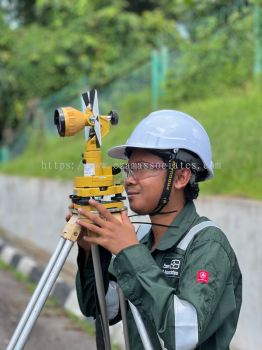We provide ground and structural movement monitoring services to detect and analyze the constant motion of the Earth's surface and built structures—whether through the slow settlement of foundations, the flexing of bridges and dams, or the gradual shifting of slopes, rocks, and land masses. Monitoring these movements is vital for maintaining structural integrity, minimizing risk, and supporting sustainable infrastructure over time.
Deformation monitoring involves real-time tracking of positional changes and displacement in both natural and engineered environments. Advanced geodetic instruments such as total stations, GPS/GNSS systems, tilt sensors, and automated data loggers detect even the slightest shifts, enabling early warning and data-driven analysis.
Monitored Conditions:
-
Ground movement and land subsidence
-
Structural deformation in buildings, towers, and chimneys
-
Flexing and vibration in bridges, tunnels, and dams
-
Slope stability, rockfall zones, and landslide-prone regions
-
Mining-induced surface shifts and excavation impacts
Key Features:
-
Continuous or interval-based monitoring configurations
-
Real-time displacement tracking with automated alerts
-
High-precision geospatial analysis and reporting
-
GIS integration for visualization and data overlay
-
Configurable monitoring setups to suit project complexity
Industry Applications:
-
Civil and structural engineering projects
-
Geotechnical and mining operations
-
Transportation infrastructure (roads, railways, tunnels)
-
High-rise and urban construction developments
-
Environmental monitoring and landslide risk assessments
Detailed movement analysis enables proactive risk management, enhances public and worker safety, and extends the lifespan of vital infrastructure. Deformation monitoring supports informed decision-making in complex terrain and high-risk areas where precision and early detection are essential.








 US 9242
US 9242  BR 3292
BR 3292  VN 2535
VN 2535  GB 912
GB 912  AU 826
AU 826  IN 825
IN 825  CA 815
CA 815  CN 785
CN 785 



